Fresh flowers make delightful bouquets and excellent compositions. However, dried flowers can be no less attractive. Their skillful use in decor is often the key to success in decorating holidays and special events, as well as in decorating rooms. This is evidenced by photographs on the pages of popular glossy thematic magazines.
What are dried flowers
You shouldn't think that a herbarium of press-dried plants and dried flowers are the same thing. The latter include some representatives of flora that are able to retain their color, even aroma, and most importantly, their shape for a long time after collection.
Many people believe that any plant can be called a dried flower after cutting and drying. However, this is not true. Although there are different ways of drying plants, as a result of which it is possible to preserve the shape and almost unchanged color, the result will not last long. Such material is not suitable for creating floral arrangements, as it is too fragile, quickly fades and crumbles.
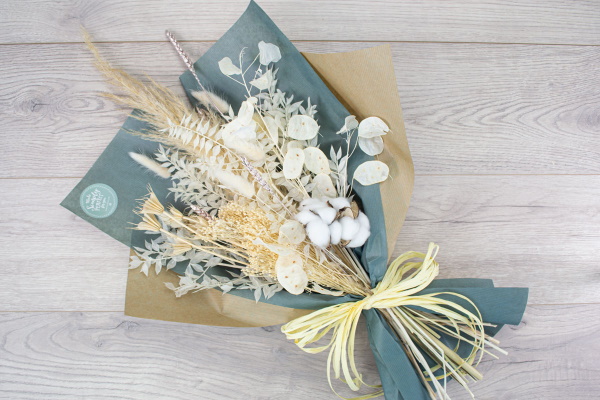
In nature, there are plants called dried flowers. They are common in different places, can be grown in gardens and summer cottages. Representatives of the flora, the flowers of which have hard petals and when dried retain their color and shape, can rightfully claim the title of dried flowers.
Their characteristic feature is unpretentiousness to weather and natural factors. Such plants tolerate drought and excess sunlight well. However, you should know which of them are best suited for creating compositions, what time to choose for collecting plants, and what conditions are needed for bouquets of dried flowers to please the eye for a long time.
Important collection rules:
- dried flowers should be collected in dry weather;
- the plant must be healthy;
- the stems should be long enough;
- It is better to remove lateral shoots and leaves immediately.
Which dried flowers are best to use for a composition?
Bouquets of dried flowers, photos of which are presented below, can consist of more than just flowers. Plants and details that can be used to create compositions are very diverse. They can be conditionally divided into groups, taking as a basis the role that is intended for them in the bouquet.
Background
This group of representatives of the plant world includes those that consist of a large number of small flowers. They will create a light, airy background in the form of a cloud or veil for other, more expressive plants.
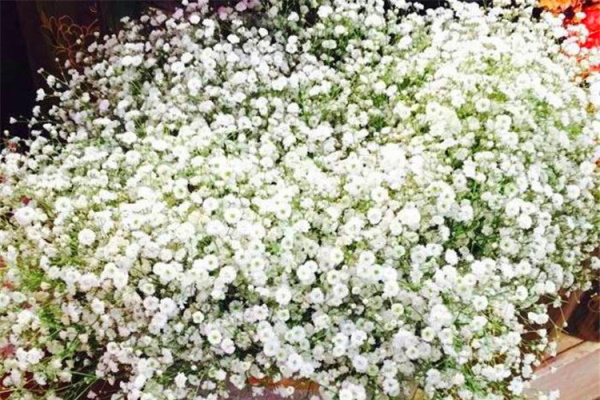

Very good in this case:
- Gypsophila paniculata (paniculate gypsophila). The plant with very small white flower heads is especially popular, and there are also varieties with pink shades.
- Limonium (Lemonium or statice). It has panicle-shaped inflorescences of very small flowers. They are purple, violet, yellow and pink.
With large inflorescences
Plants with large inflorescences can act as the main accent in a composition, or they can serve as a background floral solution.
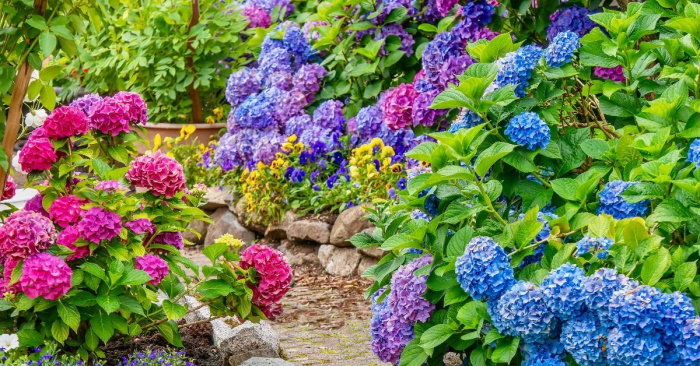
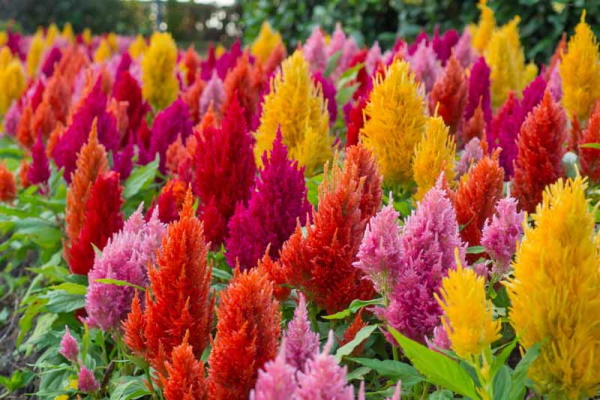
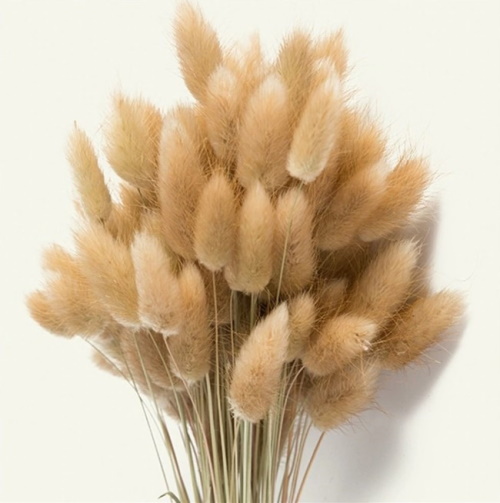

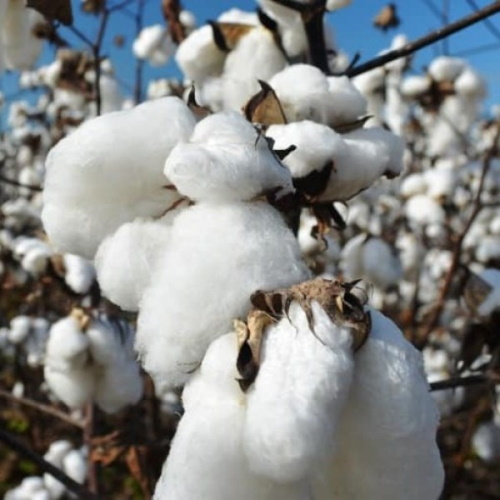
The following can look very harmonious:
- Hydrangea (hydrangea). The inflorescences of the bush become very strong and hard during the period of the beginning of withering. It is these brushes of the plant that are suitable for creating dried flowers. They are white, blue, purple and pink.
- Celosia (celosia). A distinction is made between comb and pinnate depending on the type of inflorescence shape, which can be bright yellow, purple and red.
- Lagurus (lagurus/haretail). Fluffy inflorescences at the ends are very organic and work well as background elements. They can play the role of bright accents. They lend themselves well to coloring.
- Carthamus (carthamus/safflower). The plant has large, bright inflorescences in shades of red, yellow and orange.
- Gossypium (cotton) Looks great in any composition. Most often used as an accent in bouquets.
With inflorescences in the form of baskets (umbrellas)
Such plants can play the main role in a bouquet or composition, but can also serve as a background for more expressive flowers when they are densely filled into a plant installation.
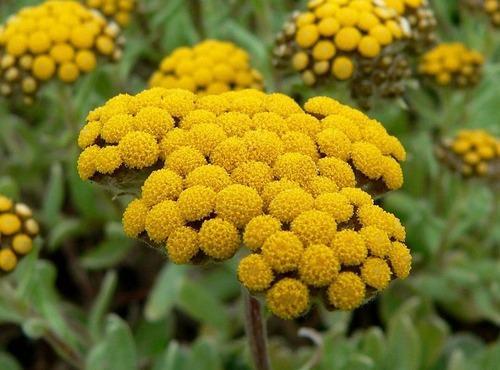

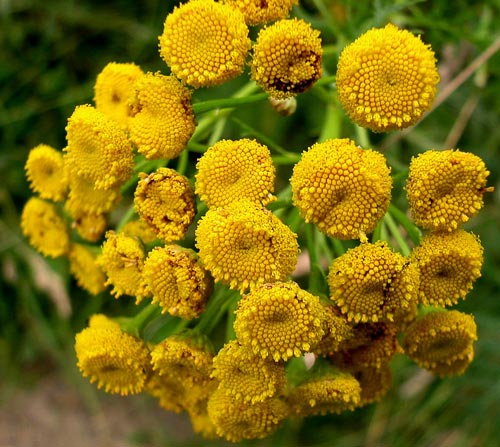

The most popular are:
- Helichrysum (helichrysum) or immortelle. It comes in a variety of bright colors, as well as white and pink.
- Achillea (yarrow). The plant has white, yellow, pink, scarlet and purple flowers.
- Tanacetum vulgare (common tansy) with bright yellow inflorescences.
- Xeranthemum (Xeranthemum). A dried flower whose inflorescences form baskets of white, pink, red and purple shades.
With beautiful flowers
These plants usually have hard petals on their flowers. As a rule, they retain their color longer when used as dried flowers in compositions.

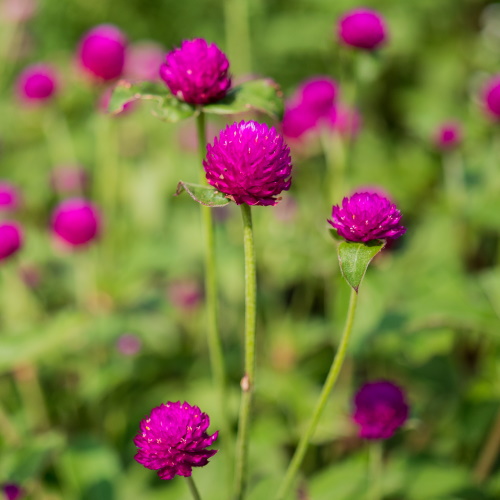
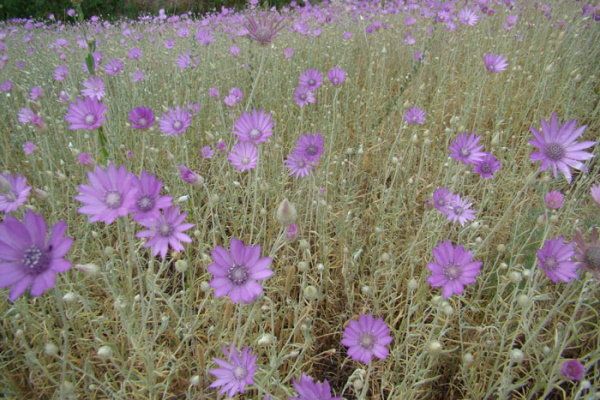
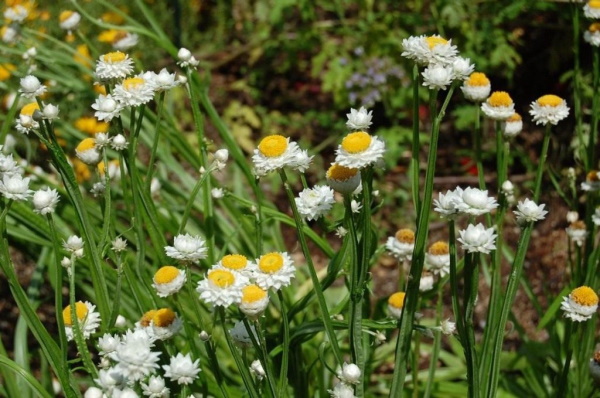
Among them:
- Helipterum (helipterum);
- Gomphrena (gomphrena);
- Xeranthemum (xeranthemum);
- Ammobium (ammobium).
With flowers that have graphic outlines
Most often, such plants are used in compositions as a brightly declarative accent. Their flowers are usually large, spherical or ovoid, often with hard petals that look like thorns.
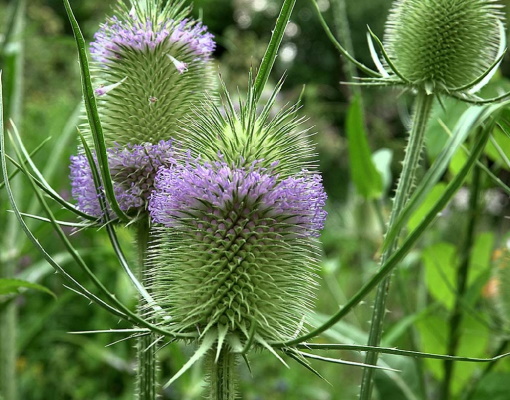
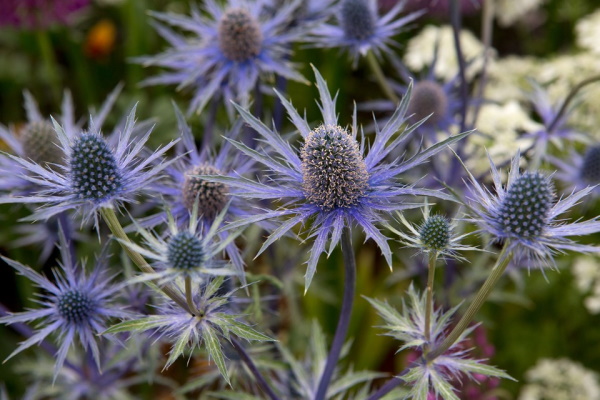
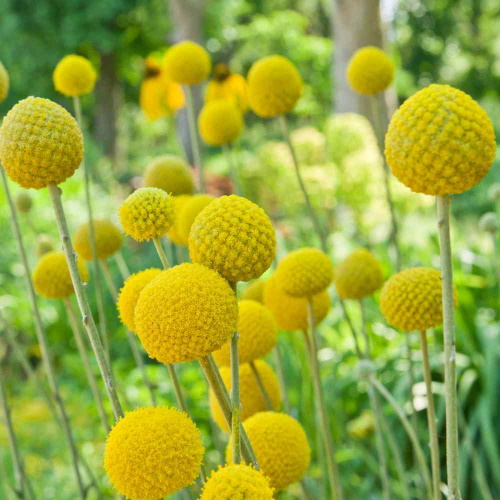

The following are used as dried flowers:
- Dipsacus (teasy grass);
- Eryngium (bluehead);
- Craspedia (craspedia);
- Echinops (Echinops).
Having fruits or seed pods of beautiful shape
Typically, such plants play a key role in compositions or act as bright accents in the overall ensemble.
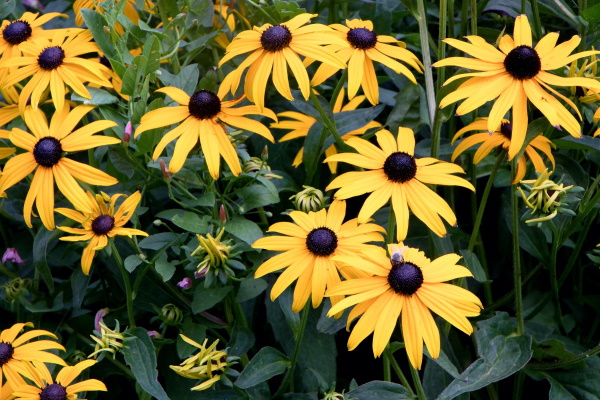

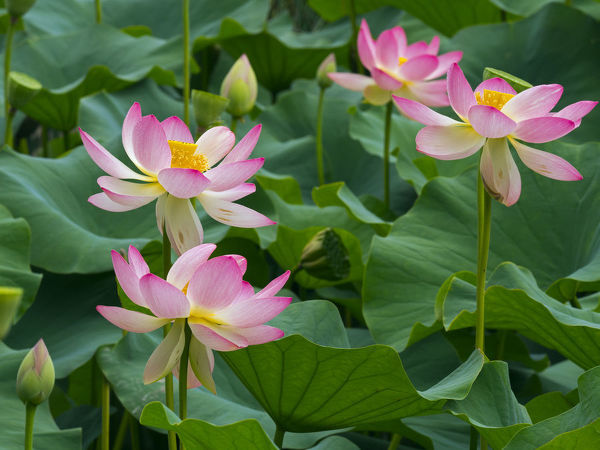
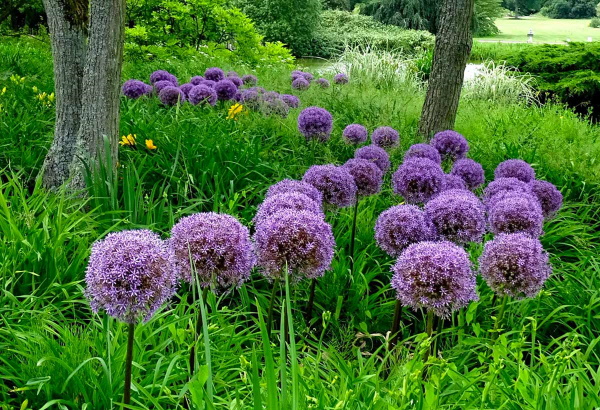
The most popular of them are:
- Physalis (physalis);
- Rudbeckia (rudbeckia);
- Lunaria (lunaria);
- Echinacea (echinacea);
- Papaver (poppy);
- Nelumbo (lotus);
- Spiraea (spirea);
- Allium (various types of onion).
Cereals
Cereals are often used as dried flowers to create compositions. They can be harvested at different times, then they will have quite a variety of colors. They are good as graphic accents, as a background, and as a filling element.
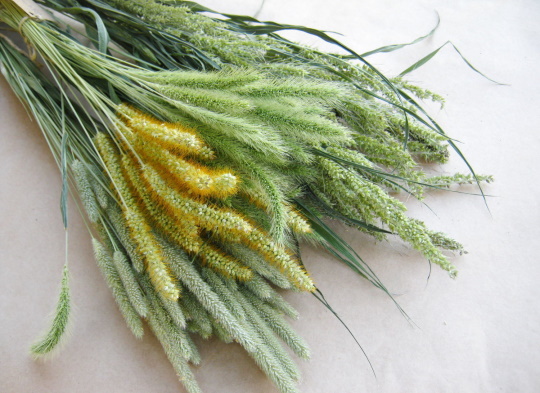
Commonly used:
- oats;
- barley;
- rye;
- lagurus;
- miscanthus.
Types of dried flower compositions
Floristry with its modern solutions in design and decoration has stepped far ahead. Today, professionals create many different compositions not only from fresh flowers. Dried flowers have become very popular as a material for all kinds of floral installations.
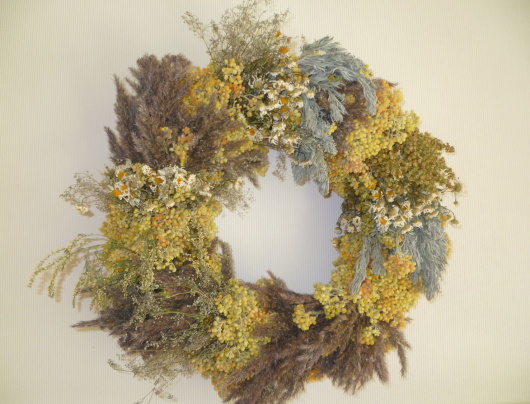
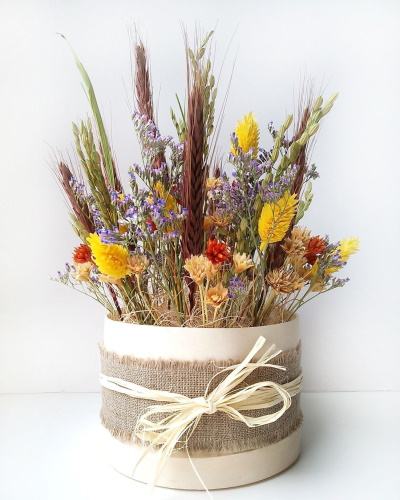

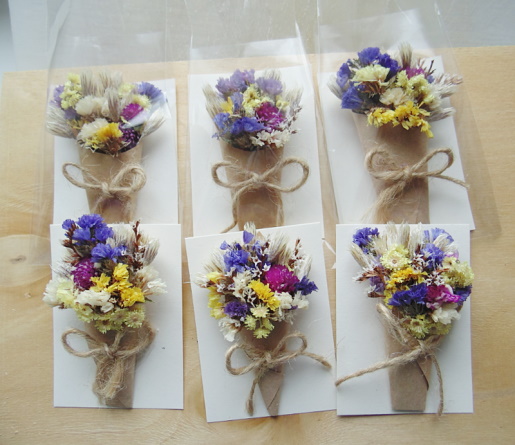

These include:
- Bouquets — the most common and popular type of dried flower compositions. In the photo you can see how diverse they are. It is quite easy to create them. However, you should follow some stylistic rules in the design.
- Wreath — a popular decorative element. It can consist of dried flowers and other decorative elements.
- Ikebana. This is a traditional Japanese art that is not only about creating a composition of flowers or dried flowers. An important element is the correct placement of the created installation in the room.
- Painting/wall panel. This is the art of creating three-dimensional images using dried flowers and various decorative and natural elements.
- Postcards from dried flowers — these are miniature compositions placed on cardboard, paper or a ready-made postcard.
- Topiary — is a popular type of decor. It is a fantasy tree made of any materials, including dried flowers, in a pot of any shape and any material.
Master classes
Many people believe that there is nothing easier than putting together a bouquet, be it fresh flowers or dried flowers, which are so popular today.
However, when composing such compositions, you need to know some rules:
- The bouquet should be made in the same style.
- The proportions in its execution must be observed.
- The composition must contain accents.
- The bouquet should have harmony of shape, color and size.
Following these rules, you can start creating compositions. You can buy ready-made sets for making bouquets of dried flowers in specialized flower shops.
Classic version
Bouquets of dried flowers (photos are presented below in the text) are made in the same way as classic bouquets of fresh flowers.
To work you will need:
- pink lagurus;
- Phalaris green and pink;
- ears of cereals;
- nigella;
- flax;
- immortelle;
- cotton;

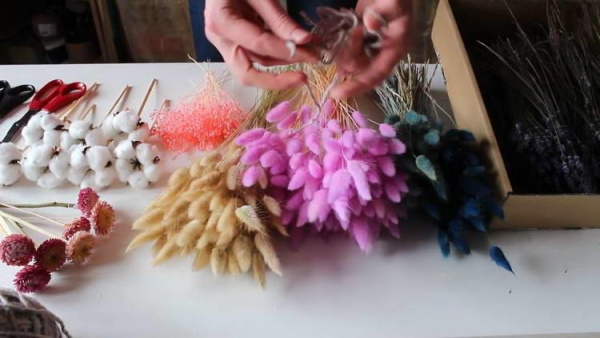
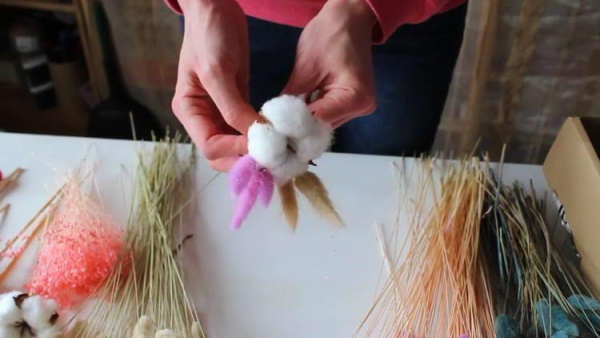
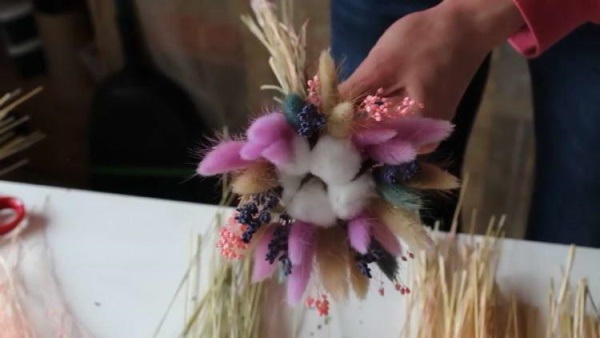



- lavender;
- ribbons;
- twine;
- scissors;
- nippers;
- film for wrapping a bouquet 4 sheets (pink or white);
- satin ribbon (pink, 2-3 cm wide).

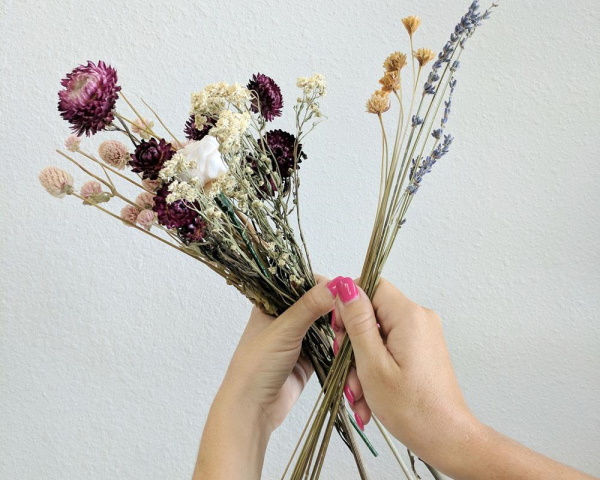
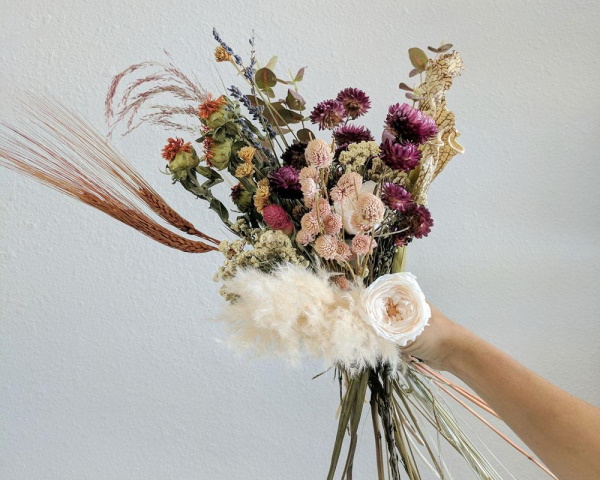
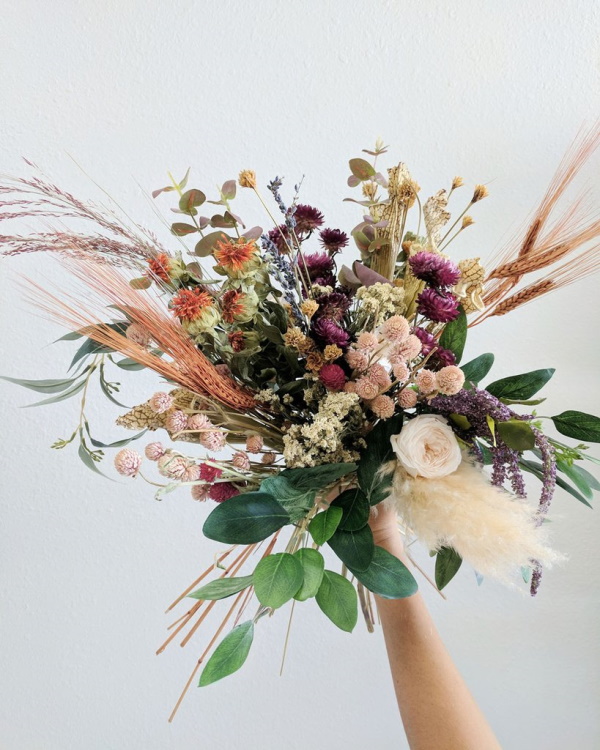
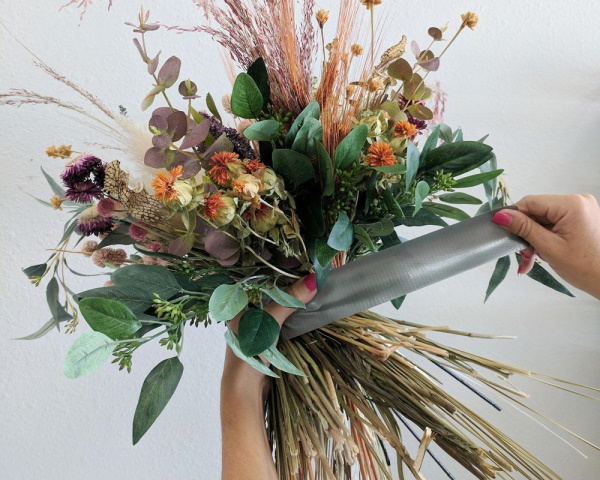
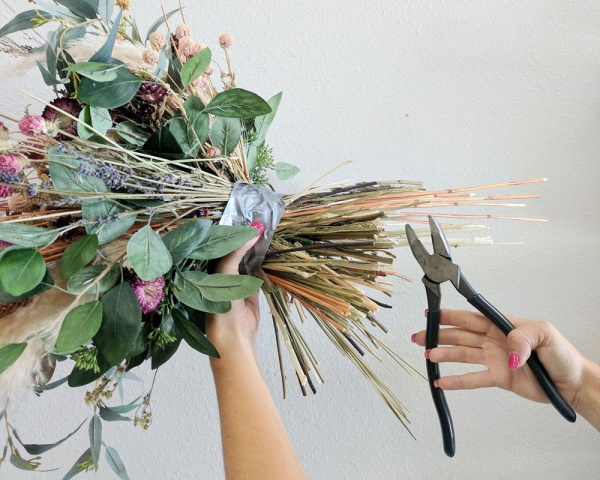
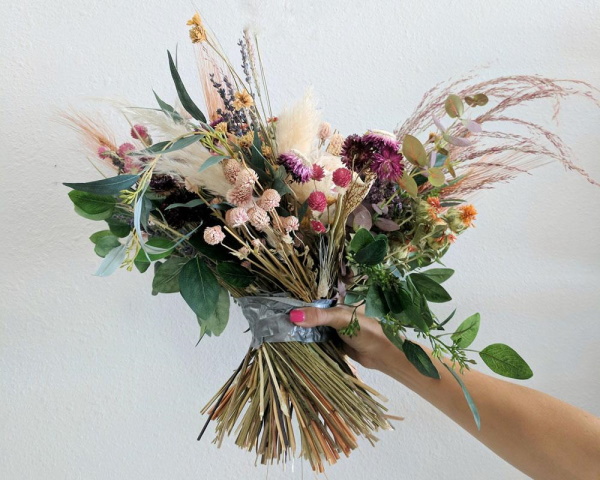
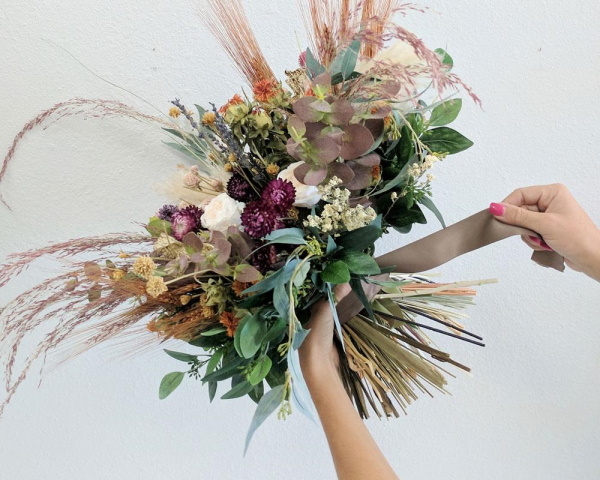
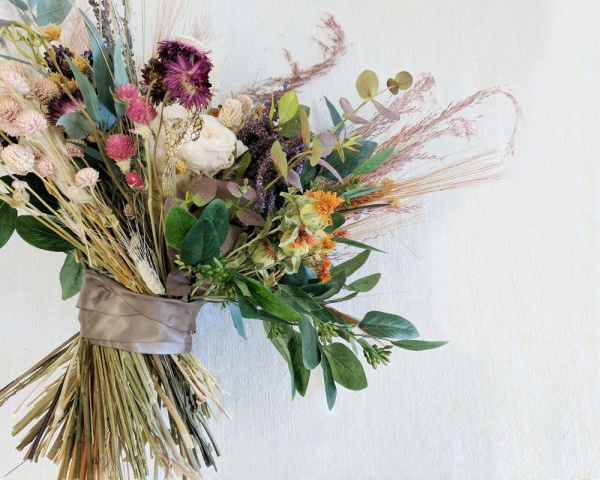
Work order:
- Place a cotton branch around the diameter with lagurus and phalaris, alternating them.
- Add sprigs of lavender, placing them between the fluffy heads of lagurus and phalaris. They should not be placed too often, 4-5 for the whole circle.
- Add 3 sprigs of green phalaris, placing them evenly around the circle.
- Tie the resulting bundle with twine.
- Trim the long ends of the twine.
- Make 3 of these small bouquets and stack them together, arranging them in a spiral and placing a white immortelle flower between them.
- Tie the resulting composition with twine and tighten tightly.
- Fill the 3 spaces between the bouquet connections with flax sprigs, grain ears and nigella, placing them below the main components of the composition.
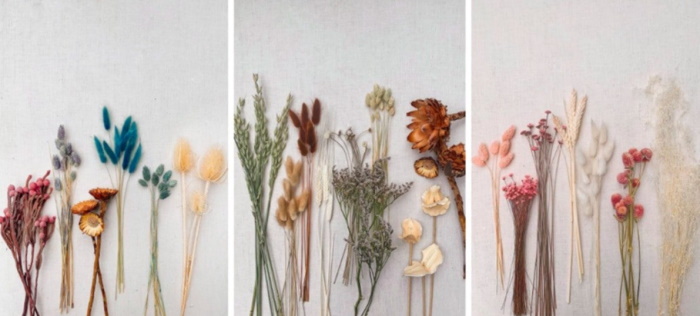
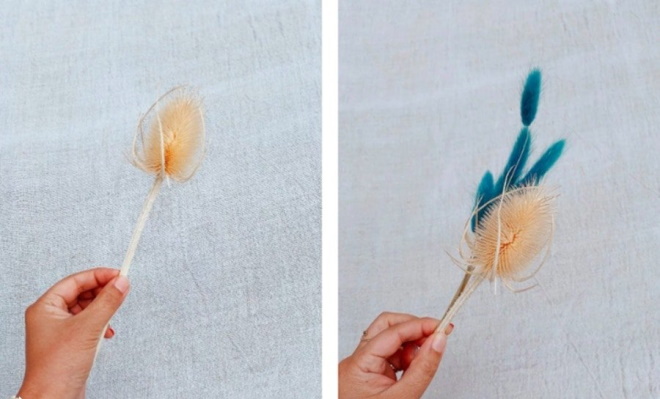
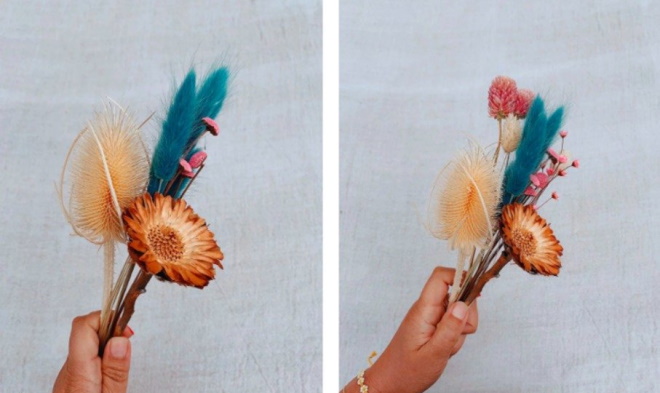

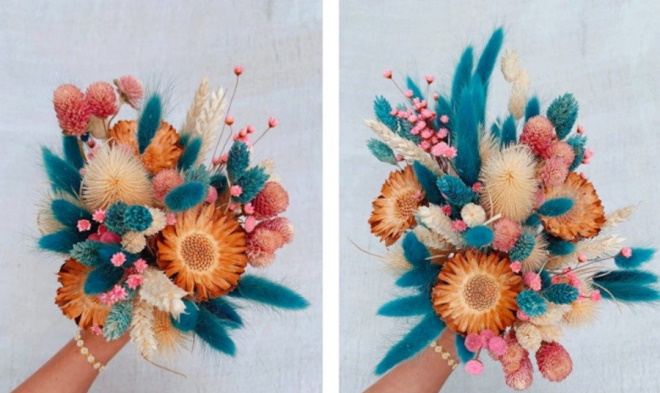
- Add sprigs of lagurus and phalaris along the bottom of the circle, placing them in a spiral and gradually diluting with sprigs of lavender.
- Tie the resulting bouquet tightly with twine and cut off the excess ends with scissors.
- Use nippers to cut the stems of dried flowers to the desired length.
- Wrap the bouquet in 4 sheets of film one by one, placing them in a circle at different levels.
- Tie the resulting composition with a ribbon, tying a bow.
- Cut the remaining free ends diagonally with scissors.
A delicate, beautiful bouquet of dried flowers is ready.
Composition in a pot
For work you can use any ready-made pot or flowerpot made of any material.
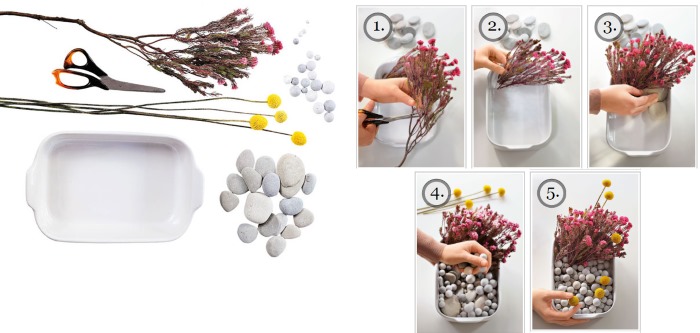
To work you will need:
- a medium-sized pot or planter;
- gypsum solution;
- dried flowers to taste;
- scissors or nippers;
- glue;
- items for decorating the plaster base in the pot (sisal, pebbles, beads).
Work order:
- Think over the composition and order of placement of dried flowers.
- Pour the gypsum solution into the pot.
- Wait for some time until the solution has completely hardened.
- After cutting dried flowers to the desired length, immediately insert them into the solution from the center to the edges, at a close distance to each other.
- Cover the remaining empty spaces between the stems with sisal or pebbles and beads. If the plaster has hardened, apply glue to its surface first.
- If desired, you can decorate the pot to your taste. However, it is better to do this before you start composing the composition.
The bouquet in the pot is ready. If the rules of proportion, color and placement of accents are observed, it will please the eye for a long time and decorate the interior.
Composition of dried flowers with a sponge base
A composition of dried flowers using a floral foam (oasis) can be placed in a flowerpot, box, basket or any other container. There are oases designed specifically for working with dried flowers. They are denser and hold the dry material well.
To work you will need:
- boat-shaped flowerpot;
- oasis for dried flowers;
- glue (preferably hot glue from a glue gun);
- dried flower (any herb with tall stems);
- yarrow;
- panicum;
- amaranth;
- physalis;
- rose;
- craspedia;
- immortelle;
- pebbles for decoration;
- wire cutters or a stationery knife.
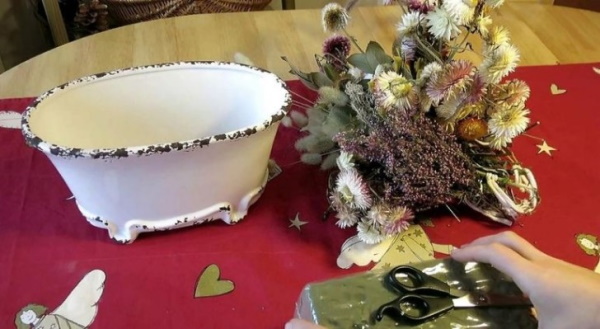
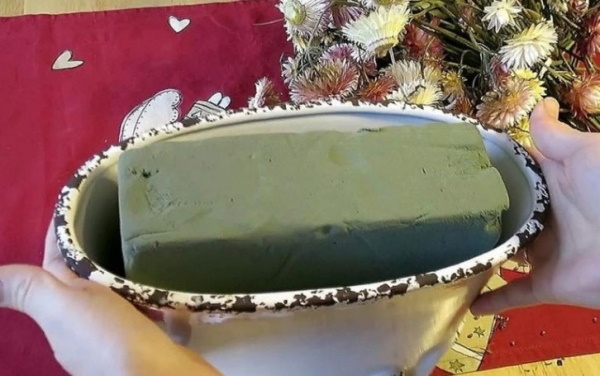
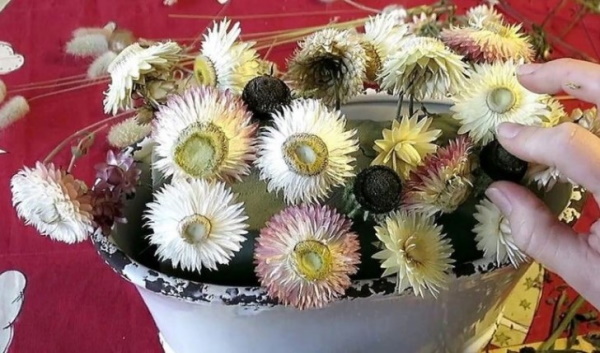
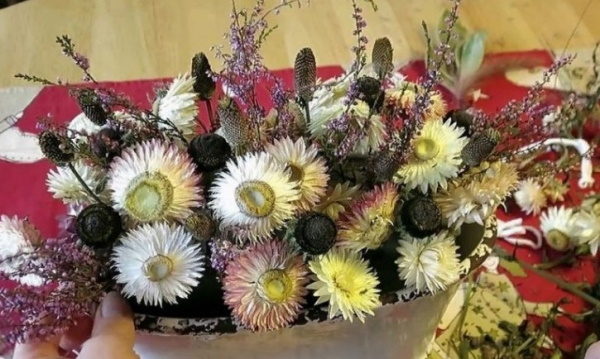

Work order:
- Cut the floral foam to the size of the flowerpot.
- Secure it inside with glue.
- Place tall stems of dry grass radially (like a fan) from one corner of the planter to the other. The outer stems should be placed almost parallel to the work surface of the table.
- Place panicum, distributing it in the same order. There should be less of this dried flower than grass.
- Add craspedia, achillea, amaranth, rose and physalis. They will add color and brightness to the composition. All dried flowers are arranged radially on one side and the other from the first row of dried flowers. The rose and the sprig of physalis should become the focal point of the composition.
- Place decorative stones on the surface of the floral foam. They will become a decoration and make the installation more stable.
The bouquet is ready. This composition can become a worthy decoration of an office or living room. It will not require special care.
Mini bouquet of dried flowers
Bouquets of dried flowers (photos help to choose a suitable composition) can differ not only in their constituent elements. Small bouquets differ from ordinary ones only in size. All the techniques of execution and working materials used are exactly the same.
Flowers can be arranged as you like. The only rule is: large elements are placed at the bottom, and light ones at the top. This is the rule of optical weight.
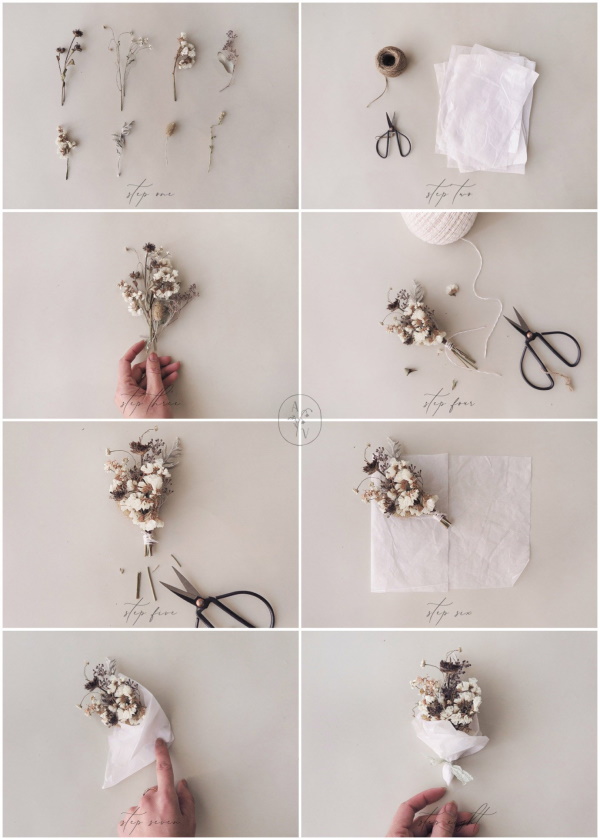
To work you will need:
- dried flowers (spikelets of rye, barley, Limonium (kermek or statice), lavender, colored rivelia);
- dry branches from bunches of grapes;
- a sprig of cotton;
- raffia (dyed yarn made from palm leaf fibres);
- scissors;
- wrapping paper.
Work order:
- Take a branch from a bunch of grapes as a basis and begin to lay several ears of rye and barley, statice of any color around it in a spiral technique.
- Place a sprig of cotton in the lower central front part of the composition and frame it with several sprigs of lavender (2-3).
- Tie the resulting mini-bouquet with raffia.
- Trim all dried flower stems to the same length.
The small bouquet is ready. It can be wrapped in light wrapping paper, using several shades. Mini-bouquets are used as a compliment at any events, as boutonnieres, as decoration on cards and boxes, or as decorative interior elements.
Panel of dried flowers
Bouquets of dried flowers (photos show their beauty well) can be made in the form of a wall panel. This is a popular decorative element in the design of various rooms. Three-dimensional paintings look very colorful.

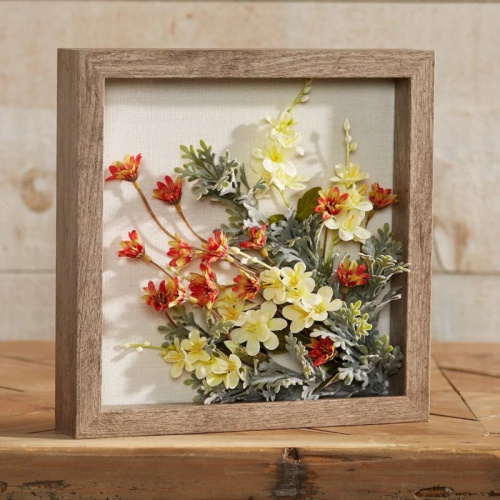
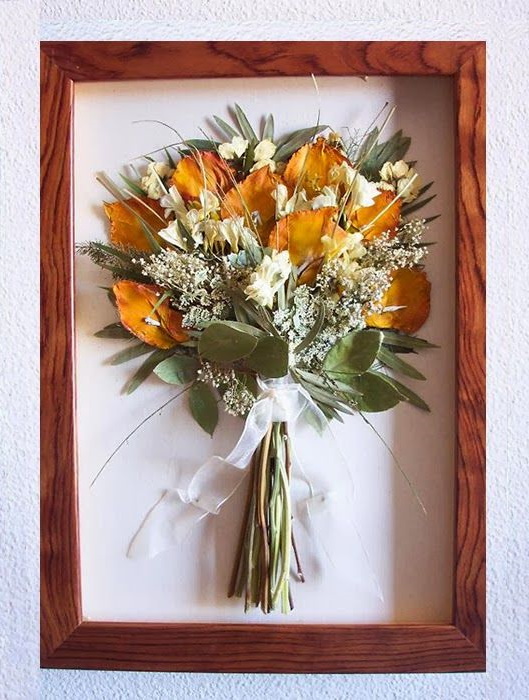
To work you will need:
- frame, the basis of its surface is craft paper, fixed on a stretcher;
- a small wicker basket of small diameter (12-15 cm) with a flat back;
- floral foam (oasis);
- dried flowers: statice in white, blue and lilac shades;
- eucalyptus;
- ears of wheat;
- satin white ribbon;
- glue (heat gun);
- nippers.

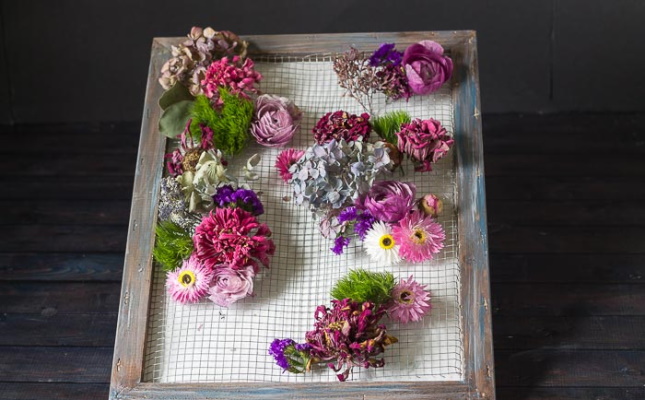
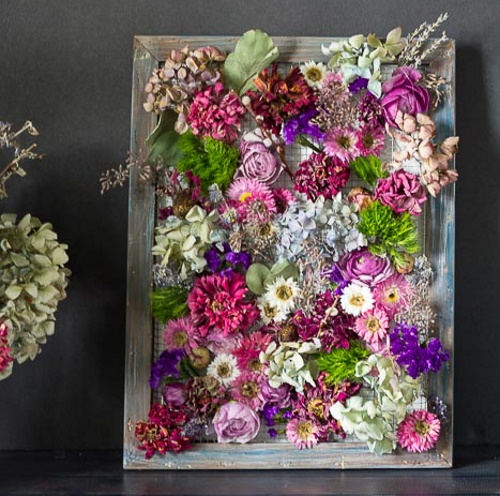
Work order:
- Cut the oasis to fit the inside of the basket.
- Place the sponge firmly into the basket.
- Glue the basket with the flat side to the craft surface of the future panel.
- Allow the glue to dry thoroughly to ensure the strength of the structure.
- Insert long stems of lilac-colored statice into the sponge.
- Insert a sprig of eucalyptus and ears of wheat. They should also be placed closer to the back wall of the basket.
- Next, place the dried flowers, cut with nippers, bringing them closer to the front of the basket. The closer the flowers are, the shorter they should be.
- Place short eucalyptus branches with small peas at the ends (these are the plant's faded flowers) at the very edge of the basket.
- Decorate the basket on both sides with bows made of narrow white satin ribbon.
This composition of dried flowers will be a worthy decoration of any interior. In its creation, you can use other dried flowers and various decorative elements.
Tips and advice from experienced florists
Beginner florists or just amateurs should listen to the advice of experienced master florists. Here are some of them.
| Frequently Asked Questions | Florist tips and advice |
| Rules for storing dried flowers and compositions made from them. |
|
| How to extend the life of dried flowers and compositions. |
|
| How to secure dried flowers in a composition. | Better to use:
|
| At what air temperature are dried flowers and compositions made from them best preserved? | The optimal temperature is no higher than 20°C. |
| How to add scent to a bouquet of dried flowers. | For aromatization, you can use a few drops of essential oil. |
| When to collect dried flowers |
|
| When to prune plants. | Only in dry weather |
Bouquets made of dried flowers will delight with their beauty at any time of the year. A large number of photographs display the whole variety of compositions made with taste and love.
Video about making bouquets
Bouquets of dried flowers. Photo:
